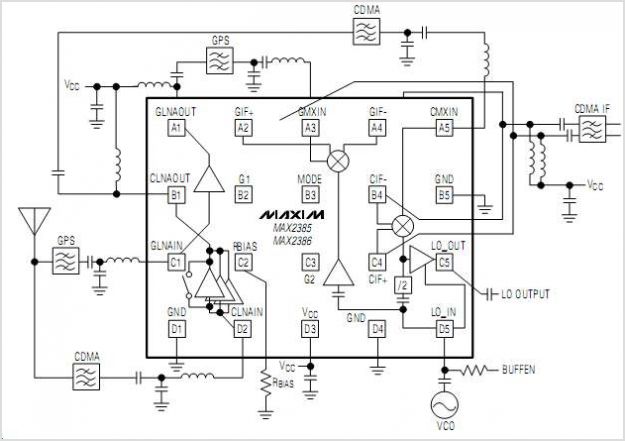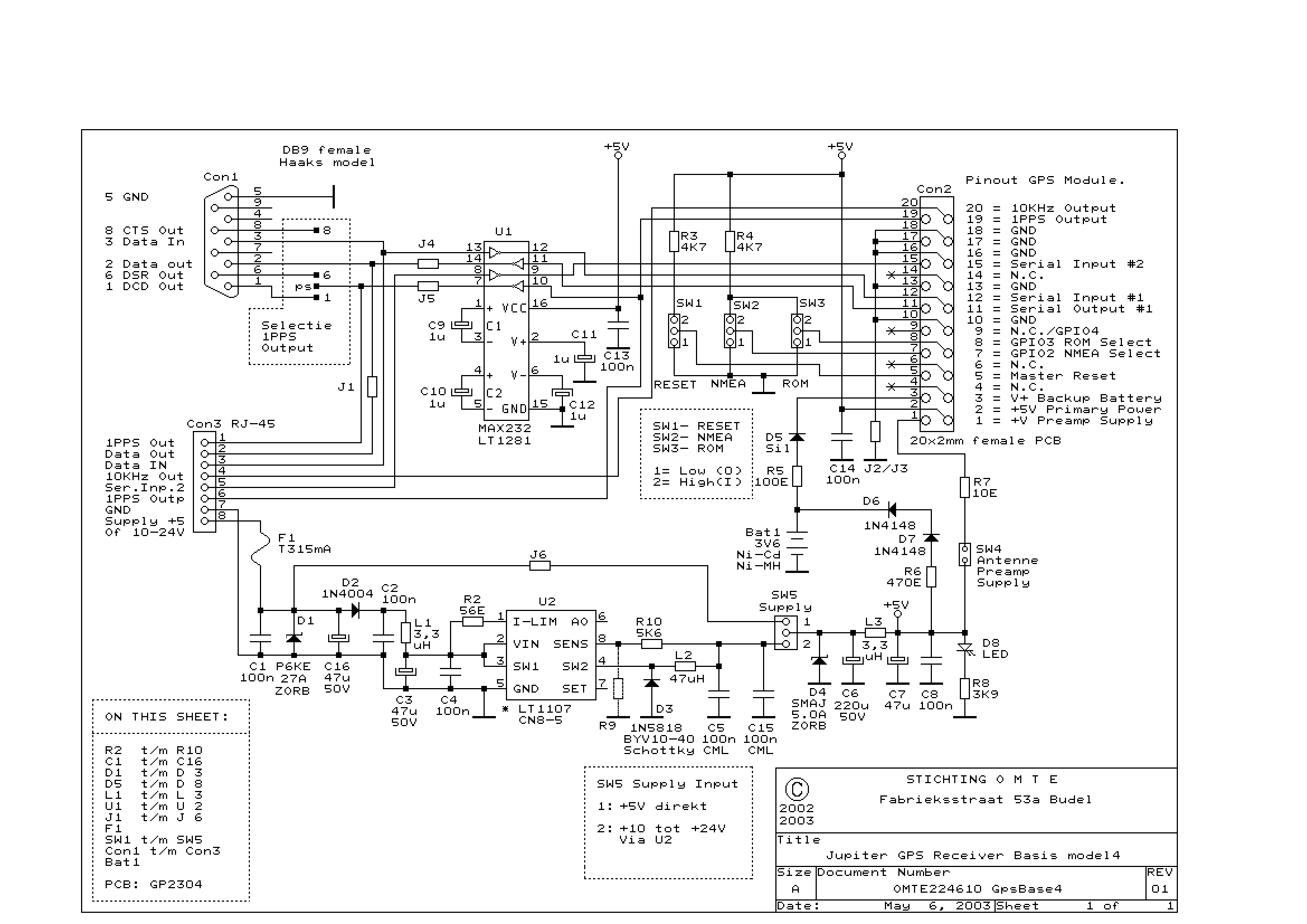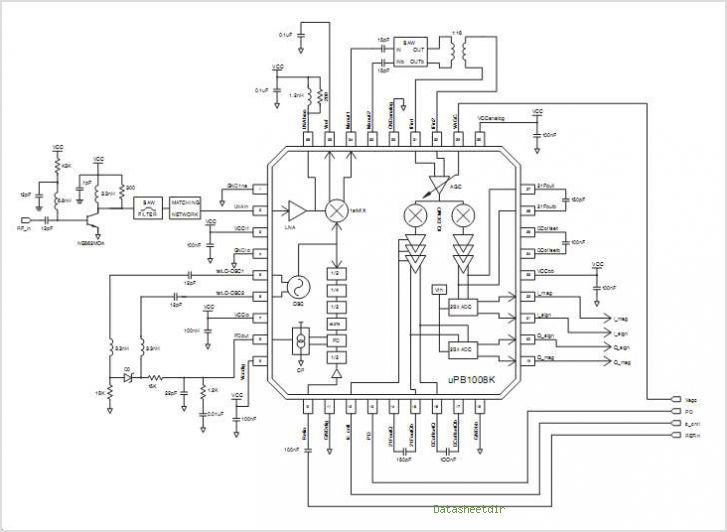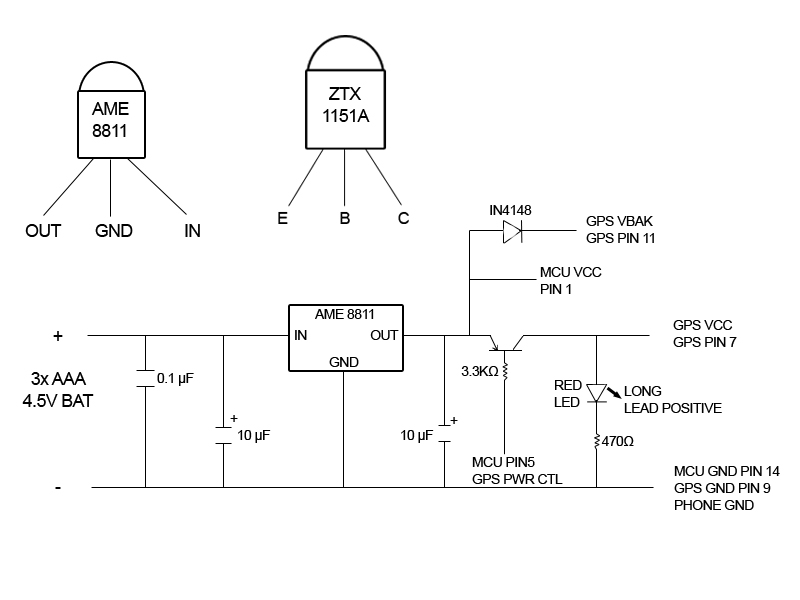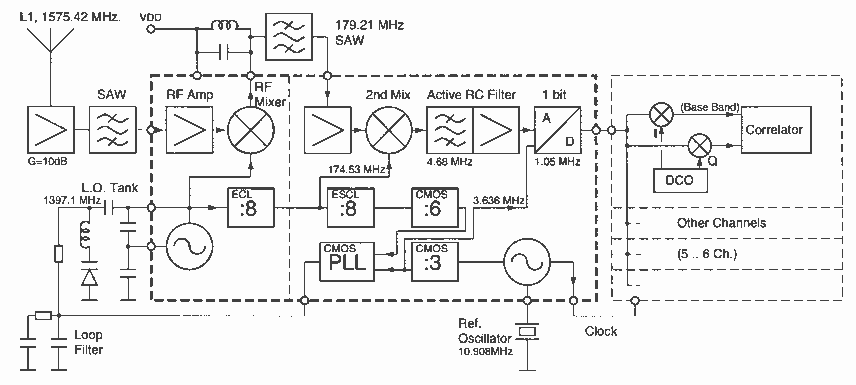
KA7OEI GPS
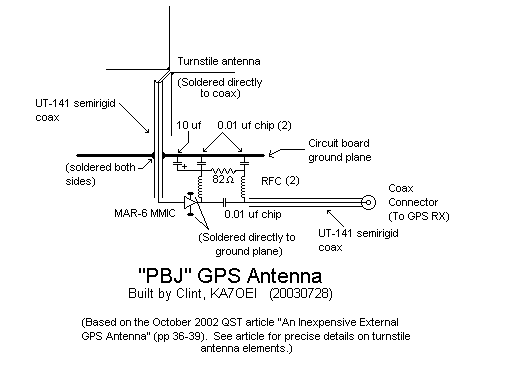
A plot illustrating the paths of recently tracked and currently tracked satellites. The receiver's location is marked as the center point, while the top of the plot indicates the North Pole. A red line represents the "EFC" value, which denotes the electronic tuning adjustment setting, indicating how much the internal oscillator of the Z3801 deviates from GPS time and the necessary tuning to correct it. This documentation outlines the assembly of the system and includes various additional items. It is acknowledged that there are potentially more efficient methods, and individual experiences may differ. In 2003, a used HP Z3801A GPS receiver, commonly referred to as a "Z-Box," was acquired to serve as a time and frequency reference. The project has progressed incrementally, influenced by available time and interest. The approach followed was to first ensure functionality, then enhance aesthetics. A reliable frequency reference is essential for maintaining frequency accuracy across other devices. In Utah, reception of WWV at 10 MHz, the preferred calibration frequency, is inconsistent, making it challenging to achieve precise synchronization due to fluctuating paths and the presence of WWVH. The Z3801 has proven invaluable as a frequency reference, allowing for the evaluation of the stability of Oven-Controlled Crystal Oscillators (OCXOs) and Rubidium references for microwave transverters at 10 and 24 GHz. Its 10 MHz output serves as an external reference for a frequency synthesizer to generate reference markers for ARRL Frequency Measurement Tests (FMTs), providing accuracy superior to most other methods. The Z3801 is currently monitored by an Aopen M-945D computer, a compact desktop that consumes minimal power while operating at approximately 1.7 GHz. This low power consumption enables continuous operation without significantly impacting electricity costs or rapidly depleting the UPS. The computer is capable of performing all necessary tasks. Through a USB-to-serial adapter, the computer communicates with the Z3801, facilitating logging via the GPSCon program. It also functions as a GPS-referenced SNTP Time server for the local Ham Shack computer, which is beneficial for applications requiring precise timing, such as those in the WSJT suite. The version of GPSCon in use does not utilize the 1 pulse per second (1pps) signal from the receiver; instead, it determines time by querying the serial port. This method yields timing accuracy within a few tens of milliseconds, which suffices for the intended applications. Having a local SNTP time server is advantageous, as it allows for multiple queries per hour, unlike most publicly available internet servers, which limit queries to a few per day from a single IP address. Additionally, the computer is employed to decode and process weather satellite images, with the continuously updated clock ensuring accurate maps. It is crucial to adjust the serial port's FIFO threshold to minimum or disable FIFO buffers in the "Advanced" settings of the serial port (in the "Device Manager"). Neglecting this adjustment can lead to erratic time synchronization from the GPS receiver due to buffered responses in the UART. Proper configuration enables near real-time queries and responses, with timing discrepancies limited to a few tens of milliseconds.
The described system utilizes a GPS-based timing solution, leveraging the HP Z3801A GPS receiver for accurate frequency reference and time synchronization. The integration of the Aopen M-945D computer enhances the system's capabilities, providing a user-friendly interface for monitoring and logging GPS data. The USB-to-serial adapter plays a critical role in facilitating communication between the computer and the GPS receiver, allowing for effective data transfer and system control.
The importance of precise timing in various applications, such as frequency calibration and satellite image processing, highlights the significance of the Z3801 as a reliable reference source. The ability to configure the serial port settings to minimize latency ensures that the system operates effectively, maintaining synchronization with minimal error margins. This setup not only supports frequency measurement tests but also enables real-time data processing, showcasing the versatility of the equipment in both amateur radio and meteorological applications.
In summary, the system represents a well-engineered solution for time and frequency reference, demonstrating the effective use of existing technology and the importance of meticulous configuration for optimal performance.A plot showing the paths of the recently-tracked and currently-tracked satellites. The receiver`s location is the "bull`s eye" in the center while the top of the plot represents the North pole. The red line shows the "EFC" value - the setting of the electronic tuning adjustment which is an indication of how far the Z3801`s internal oscillator departs from GPS time and the tuning
required to correct it. This page is intended to document only how I put my system together and a few other miscellaneous items. It should go without saying that there are probably better ways to do these things, that your mileage may vary, blah blah blah.
Back in 2003 I bought a used HP Z3801A GPS receiver (often called a "Z-Box") with the intent of using it as a time/frequency reference. As with most projects, this one was ongoing, with incremental progress dependent on available time and current whim.
Nevertheless, it didn`t take too long to get it up and running, following the "make it work, then make it look good. " mantra. A known-good frequency reference is handy for making sure that everything else is on frequency. At this location (Utah) reception of WWV on 10 MHz (the most convenient frequency for calibrating against) is very sporadic and it is often difficult to get a good zero beat owing to the constantly changing path and the usual presence of WWVH.
Over the years the Z3801 has been invaluable for use as a frequency reference. With it, I have been able to assess the stability of OCXOs (Oven-Control Crystal Oscillators) and Rubidium references for use with microwave ( 10 and 24 GHz transverters ) as well as use its 10 MHz output as an external reference for a frequency synthesizer to generate reference markers for use in the ARRL Frequency Measurement Tests (FMT`s) - among many other things - and with accuracy that is greater than that which might be obtained by almost any other means. The Z3801 is now monitored by an Aopen M-945D computer - a small, form-factor desktop that draws only a few 10`s of watts with a clock speed of about 1.
7 GHz. Having a computer with a modest power consumption allows it to be left on continuously without impacting the electric bill much or too-quickly killing the UPS - and it has enough horsepower to do about anything that would be required! Via a USB-to-serial adapter, this computers interrogates the Z3801 and provides logging of the unit using the GPSCon program noted in Figure 1.
It also provides a GPS-referenced SNTP Time server which is used by the local Ham Shack computer which is helpful when running programs that require accurate timing such as those in the WSJT suite. The version of GPSCon that I use does not use the 1pps signal from the receiver, but rather by determining the time by querying the serial port.
By this method the timing is accurate only to within a few 10`s of milliseconds - but that is good enough for my purposes. Having a "local" SNTP time server is nice as it means that I can query it several times an hour: Most publicly-available internet servers do not allow more than a few queries a day a given IP address!
Another use of this computer is to decode and process weather satellite pictures: Those seen on my Weather Satellite page are the result of this work and having a continually-updated clock helps keep the maps accurate, too! Regardless of the type of serial port adapter, when GPSCon is used to query the GPS receiver it is necessary to go into the "Advanced" settings of the serial port (in the "Device Manager") and set the FIFO threshold of the UART to minimum or simply disabling the FIFO buffers.
Failure to do this will result in wildly-fluctuating time synchronization from the GPS receiver as serial-port response may be buffered in the UART and not be read out in a timely fashion for accurate synchronization: Doing this allows nearly real-time queries and responses with apparent errors of only a few 10`s of 🔗 External reference
The described system utilizes a GPS-based timing solution, leveraging the HP Z3801A GPS receiver for accurate frequency reference and time synchronization. The integration of the Aopen M-945D computer enhances the system's capabilities, providing a user-friendly interface for monitoring and logging GPS data. The USB-to-serial adapter plays a critical role in facilitating communication between the computer and the GPS receiver, allowing for effective data transfer and system control.
The importance of precise timing in various applications, such as frequency calibration and satellite image processing, highlights the significance of the Z3801 as a reliable reference source. The ability to configure the serial port settings to minimize latency ensures that the system operates effectively, maintaining synchronization with minimal error margins. This setup not only supports frequency measurement tests but also enables real-time data processing, showcasing the versatility of the equipment in both amateur radio and meteorological applications.
In summary, the system represents a well-engineered solution for time and frequency reference, demonstrating the effective use of existing technology and the importance of meticulous configuration for optimal performance.A plot showing the paths of the recently-tracked and currently-tracked satellites. The receiver`s location is the "bull`s eye" in the center while the top of the plot represents the North pole. The red line shows the "EFC" value - the setting of the electronic tuning adjustment which is an indication of how far the Z3801`s internal oscillator departs from GPS time and the tuning
required to correct it. This page is intended to document only how I put my system together and a few other miscellaneous items. It should go without saying that there are probably better ways to do these things, that your mileage may vary, blah blah blah.
Back in 2003 I bought a used HP Z3801A GPS receiver (often called a "Z-Box") with the intent of using it as a time/frequency reference. As with most projects, this one was ongoing, with incremental progress dependent on available time and current whim.
Nevertheless, it didn`t take too long to get it up and running, following the "make it work, then make it look good. " mantra. A known-good frequency reference is handy for making sure that everything else is on frequency. At this location (Utah) reception of WWV on 10 MHz (the most convenient frequency for calibrating against) is very sporadic and it is often difficult to get a good zero beat owing to the constantly changing path and the usual presence of WWVH.
Over the years the Z3801 has been invaluable for use as a frequency reference. With it, I have been able to assess the stability of OCXOs (Oven-Control Crystal Oscillators) and Rubidium references for use with microwave ( 10 and 24 GHz transverters ) as well as use its 10 MHz output as an external reference for a frequency synthesizer to generate reference markers for use in the ARRL Frequency Measurement Tests (FMT`s) - among many other things - and with accuracy that is greater than that which might be obtained by almost any other means. The Z3801 is now monitored by an Aopen M-945D computer - a small, form-factor desktop that draws only a few 10`s of watts with a clock speed of about 1.
7 GHz. Having a computer with a modest power consumption allows it to be left on continuously without impacting the electric bill much or too-quickly killing the UPS - and it has enough horsepower to do about anything that would be required! Via a USB-to-serial adapter, this computers interrogates the Z3801 and provides logging of the unit using the GPSCon program noted in Figure 1.
It also provides a GPS-referenced SNTP Time server which is used by the local Ham Shack computer which is helpful when running programs that require accurate timing such as those in the WSJT suite. The version of GPSCon that I use does not use the 1pps signal from the receiver, but rather by determining the time by querying the serial port.
By this method the timing is accurate only to within a few 10`s of milliseconds - but that is good enough for my purposes. Having a "local" SNTP time server is nice as it means that I can query it several times an hour: Most publicly-available internet servers do not allow more than a few queries a day a given IP address!
Another use of this computer is to decode and process weather satellite pictures: Those seen on my Weather Satellite page are the result of this work and having a continually-updated clock helps keep the maps accurate, too! Regardless of the type of serial port adapter, when GPSCon is used to query the GPS receiver it is necessary to go into the "Advanced" settings of the serial port (in the "Device Manager") and set the FIFO threshold of the UART to minimum or simply disabling the FIFO buffers.
Failure to do this will result in wildly-fluctuating time synchronization from the GPS receiver as serial-port response may be buffered in the UART and not be read out in a timely fashion for accurate synchronization: Doing this allows nearly real-time queries and responses with apparent errors of only a few 10`s of 🔗 External reference
